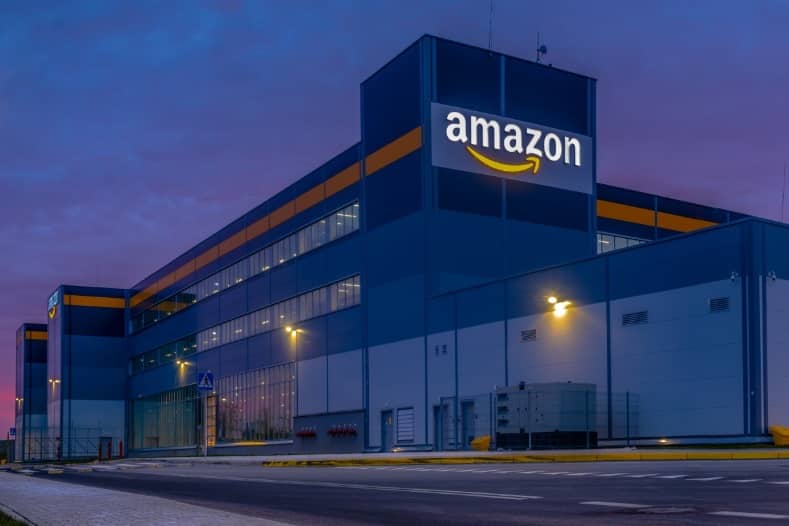Amazon is a household name and one of the most successful companies in the world. Founded by Jeff Bezos in 1994, Amazon started as a small online bookstore and has since grown into a multinational conglomerate that dominates the e-commerce industry. In this blog post, we will explore how Amazon got started and the key factors that contributed to its success.
The Early Days
Jeff Bezos, a former Wall Street executive, founded Amazon in 1994 after quitting his job as the youngest senior vice president at the investment firm D.E. Shaw. Bezos was fascinated by the rise of the internet and recognized its potential for commerce. He saw an opportunity to create an online bookstore that would offer a wider selection of books than traditional brick-and-mortar stores.
Bezos started Amazon from his garage in Seattle with a small team of employees. He invested $10,000 of his own money and raised an additional $1 million in seed funding. The website launched in July 1995, and within a month, sales had reached $20,000 a week.
The Key to Success
Amazon’s success can be attributed to several key factors, including its focus on customer experience, its innovative business model, and its use of data analytics.
Customer Experience
From the beginning, Amazon has prioritized customer experience above everything else. Bezos believed that the customer should be at the center of every decision the company makes, and this philosophy has been a driving force behind Amazon’s success.
Amazon offers a wide selection of products, competitive pricing, and fast, reliable shipping. The company also offers a range of services to enhance the customer experience, such as Amazon Prime, which offers free two-day shipping and access to streaming services.
Innovative Business Model
Amazon’s business model has been innovative since the company’s early days. In addition to selling books, Amazon started selling other products, including electronics, clothing, and home goods. The company also launched the Amazon Marketplace, which allowed third-party sellers to sell products on the Amazon website.
Amazon has continued to innovate, launching new products and services such as Amazon Web Services (AWS), Amazon Echo, and the Amazon Go grocery store. These innovations have allowed Amazon to stay ahead of its competitors and maintain its position as a leader in the e-commerce industry.
Use of Data Analytics
Amazon has always been a data-driven company, using data analytics to make informed business decisions. The company collects vast amounts of data on customer behavior, including browsing and purchasing history, and uses this data to improve the customer experience.
Amazon uses data analytics to optimize its website, improve product recommendations, and identify trends and opportunities. The company also uses data to improve its logistics and supply chain, allowing it to offer fast and reliable shipping to customers around the world.
Conclusion
Amazon’s success is a result of its focus on customer experience, innovative business model, and use of data analytics. Jeff Bezos’s vision and leadership have played a crucial role in the company’s growth and success. From a small online bookstore to a multinational conglomerate, Amazon has transformed the e-commerce industry and become one of the most valuable companies in the world. As Amazon continues to innovate and expand, it will be exciting to see what the future holds for this iconic company.
